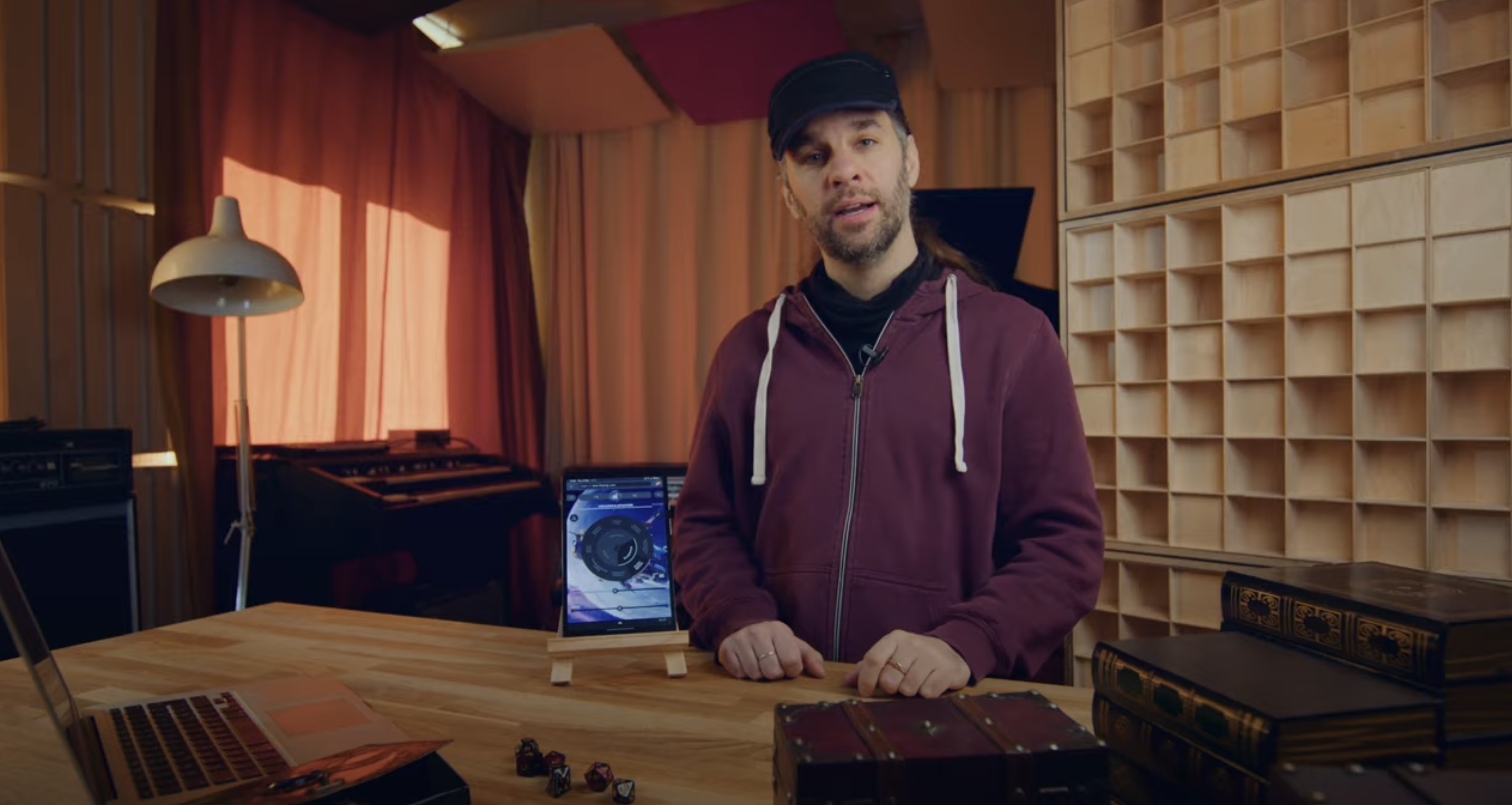How to Use Sounds As A GameMaster - TableTone Tutorial

Looking to make your tabletop RPG sessions more immersive with sound? Using audio as a Game Master can transform a game – turning ordinary moments into cinematic highlights. But it can be tricky: if you play sounds at the wrong time or volume, it becomes noise instead of atmosphere. That’s a missed opportunity to engage your players.
Used smartly, sound effects, music, and ambience can captivate your players, sharpen their focus, and elevate your storytelling. The trick lies in knowing how to balance these audio elements and when to let a sound shine. If you’re new to using audio in games, check out our comprehensive guide to tabletop audio or our article on using RPG soundboards to get started.
This short tutorial shows you how to make the most of sound as a storytelling tool – balancing volumes, using sound effects creatively, and boosting immersion in every scene.
TL;DR – Key Takeaways
- Balance Your Audio: Don’t let great sound effects get drowned out. Lower background music or ambience when a key sound plays, so important audio cues stand out. Using a sound balancer (like TableTone’s Balancer Triangle) helps you fine-tune the mix on the fly.
- Use Sound Effects Strategically: A well-timed sound effect can heighten drama more than description alone. Creaking doors, thunder claps, or dragon roars – trigger them at pivotal moments for maximum impact.
- One Sound, Many Uses: Be creative. The same sound effect can serve multiple purposes. For example, a low-volume crackling fire is a cozy campfire, while a loud crackling fire with an echo could be a roaring inferno or a magical blast. Reusing sounds in different contexts saves prep time and surprises players.
- Enhance Immersion with Volume: Adjust volume based on the scene’s intensity. In tense, quiet moments, even a soft snap of a twig can send chills down spines. In epic battles, turn up the volume on big sounds (clashes, explosions) but drop background music slightly so nothing important is lost in the chaos.
- Less Can Be More: You don’t need constant noise. A few well-chosen sounds are better than a barrage. Let silence or subtle ambience set the stage, then hit the group with a powerful sound when it counts. This contrast keeps players engaged and avoids audio fatigue.
With TableTone, adjusting your audio mix is a breeze – you can dynamically control music, ambience, and sound effects to perfectly fit the scene’s mood. Ready to amplify your game’s atmosphere with sound?
Full Breakdown – How to Use Sound to Immerse Players (Transcript)
Hello my fellow Dungeon Masters, Game Masters, and of course, players.
Today I’m going to show you how to make sound one of your strongest tools at the table. Ever had a cool sound effect ready, but your epic background music was so loud no one noticed it? Let’s fix that.
Imagine your party is exploring a dark, silent dungeon corridor. There’s faint ambient drip-drop of water and a low musical hum. Suddenly – CREAAAK – a door slowly opens in the distance. Now, if the music is blaring, that door creak might be lost in the noise. We don’t want that! So, I grab the Balancer Triangle in TableTone and shift it: music and ambience go down, sound effects go up. That creaking door echoes through the hall, loud and clear. The players freeze – did they just hear what they think they heard? The moment is instantly more tense and memorable.
Controlling volume like this lets you shine a spotlight on important sounds. In a tense scene, I dial back the background music so a twig snapping or a monster’s growl comes through sharp and clear. Players will lean in, knowing something crucial just happened.
Now, here’s a secret tip: you can use the same sound in more than one way. Let’s say I have a trusty fire crackling sound. At low volume, under some gentle music, it’s just a cozy campfire in the tavern corner. But later, I crank that fire crackling way up – suddenly it’s an inferno raging through the building or maybe the sound of a fireball spell impact. Same sound, different story. Another example: a distant wolf howl. One moment it’s just an ambient creature in the night. Next, I isolate it, make it louder, and it becomes a solo werewolf’s call right behind the party’s camp. Your players will do a double-take, guaranteed!
The key point is that audio is incredibly flexible. By adjusting volume, layering, and context, one sound effect can play multiple roles. You don’t need a library of a thousand sounds for every single thing. A handful of good, versatile sounds, used wisely, can cover a lot of ground and keep players on their toes.
So, that’s how I use sounds as a Game Master: balance the audio, time your effects, and reuse creatively. With the right sound at the right moment, you’ll transport your players straight into your world. Turn the dial, hit that trigger, and watch immersion take hold.
That’s the power of sound in your RPG sessions – now go make some noise! 🎲🔊
Subscribe now and get access to the whole TableTone Library as well as all upcoming monthly updates.




